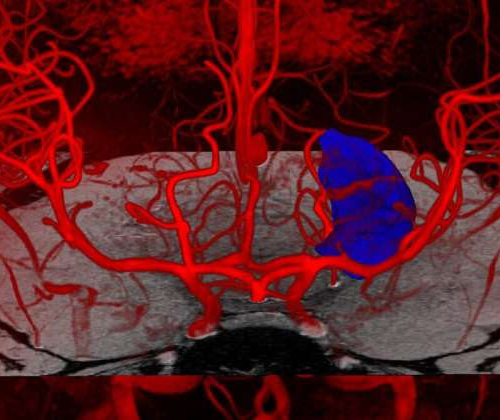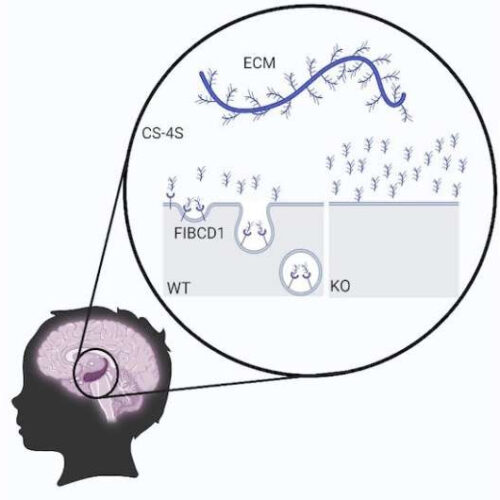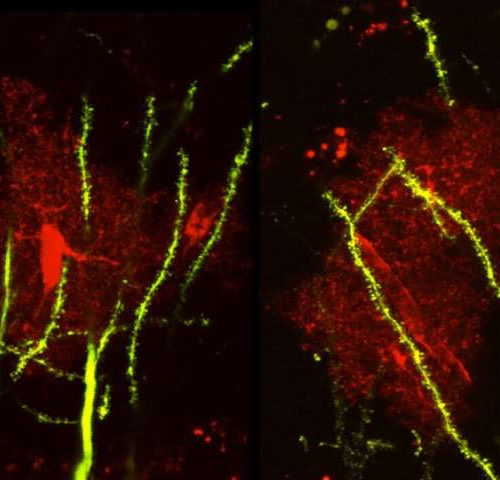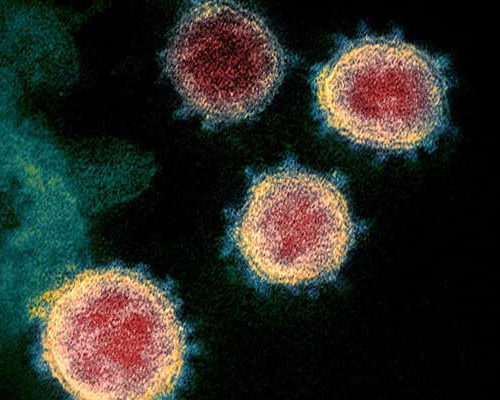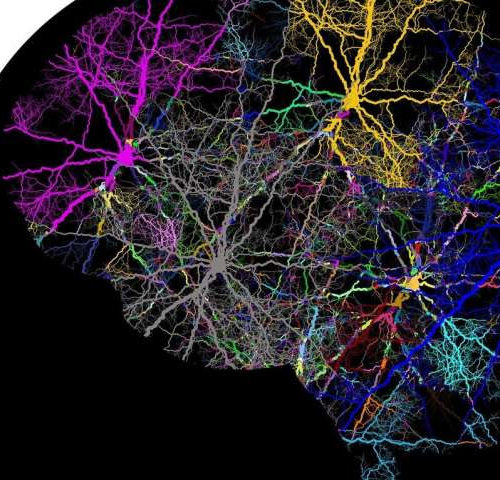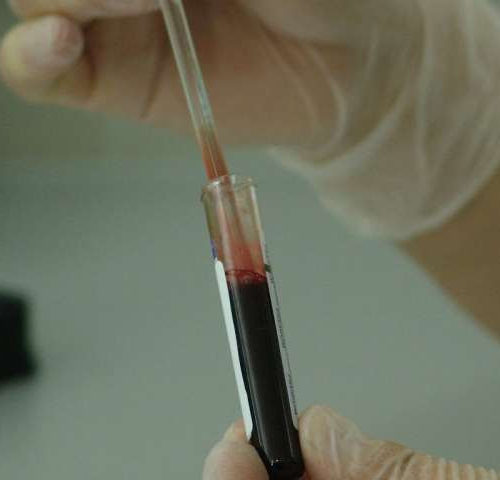by Cynthia Fazio, University of Western Ontario Researchers developed an efficient, non-invasive method to get a clearer picture of the structure and function of the hippocampus, a crucial region in our brain. Credit: Roy Haast/BrainsCAN imageThe hippocampus—a seahorse-shaped region of the brain that plays a particularly important role in cognitive aging and memory function—has been studied...
Tag: <span>disorders</span>
Gene editing offers hope for people with hereditary disorder
by University of Auckland Credit: Pixabay/CC0 Public DomainA group of patients with a hereditary disorder have had their lives transformed by a single treatment of a breakthrough gene-editing therapy, according to the lead researcher of a trial published in the New England Journal of Medicine. The patients from New Zealand, the Netherlands and the UK have...
Multiple substance use disorders may share inherited genetic signature
by Washington University School of Medicine Credit: CC0 Public Domain A new study suggests that a common genetic signature may increase a person’s risk of developing substance use disorders, regardless of whether the addiction is to alcohol, tobacco, cannabis or opioids. The research, led by Washington University School of Medicine in St. Louis, eventually could lead...
Receptor gene FIBCD1 newly identified in neuro-developmental disorders
by Institute of Molecular Biotechnology (IMBA) Graphical abstract. Credit: EMBO Molecular Medicine (2022). DOI: 10.15252/emmm.202215829 A multidisciplinary study led by Vanja Nagy (LBI-RUD/CeMM/Medical University of Vienna) and Josef Penninger (UBC/IMBA) characterized a novel gene, known as FIBCD1, to be likely causative of a new and rare neurodevelopmental disorder. Using data from two young patients with neurological symptoms,...
Circadian rhythms help guide waste from brain
by University of Rochester Medical Center New research details how the complex set of molecular and fluid dynamics that comprise the glymphatic system—the brain’s unique process of waste removal—are synchronized with the master internal clock that regulates the sleep-wake cycle. These findings suggest that people who rely on sleeping during daytime hours are at greater...
Gene therapy for inherited blindness
by Ludwig Maximilian University of Munich Retinitis pigmentosa is the most prevalent form of congenital blindness. Using a retinitis pigmentosa mouse model, LMU researchers have now shown that targeted activation of genes of similar function can compensate for the primary defect. As many as 40,000 people in Germany suffer from retinitis pigmentosa. This hereditary disorder...
Brain protein linked to seizures, abnormal social behaviors
by Iqbal Pittalwala, University of California – Riverside Confocal image of a mouse brain tissue shows the astrocytes (red) and neurons (green). Credit: Ethell lab, UC Riverside. A team led by a biomedical scientist at the University of California, Riverside has found a new mechanism responsible for the abnormal development of neuronal connections in the...
‘Hotspots’ of a SARS-CoV-2 infection in the human body
by German Center for Neurodegenerative Diseases An infection with the coronavirus SARS-CoV-2 can affect multiple organs. With this in mind, researchers of the German Center for Neurodegenerative Diseases (DZNE) and Cornell University in the US have investigated cellular factors that could be significant for an infection. To this end, they analyzed the activity of 28...
New form of brain analysis engages whole brain for the first time
by Duke University A new method of brain imaging analysis offers the potential to greatly improve the effectiveness of noninvasive brain stimulation treatment for Alzheimer’s, obsessive compulsive disorder, depression, and other conditions. Duke researchers developed the new method, which for the first time analyzed the whole brain network rather than a single region of the...
Scientists use blood test to predict who is likely to develop psychotic disorders
by RCSI Scientists have discovered that testing the levels of certain proteins in blood samples can predict whether a person at risk of psychosis is likely to develop a psychotic disorder years later. The study is published in the current edition of JAMA Psychiatry and was led by researchers from RCSI University of Medicine and...

